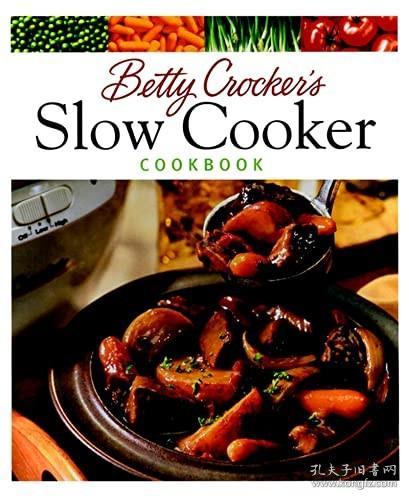Perfectly Crispy Betty Crocker.com Recipes for Homemade Bread
Guide or Summary:FlourWaterYeastSaltSugarButter or OilAdditional IngredientsMixing and KneadingProofingBakingEmbarking on a culinary journey that promises t……
Guide or Summary:
Embarking on a culinary journey that promises to elevate your home-baked bread to new heights, you'll find yourself drawn to the irresistible allure of Betty Crocker.com recipes. These delectable concoctions, meticulously crafted by the renowned culinary expert Betty Crocker, are designed to ensure that every slice of your homemade bread is a testament to perfection. In this comprehensive guide, we delve into the art of creating the most wonderfully crispy, golden-brown, and mouthwatering bread using Betty Crocker.com recipes.
Flour
The foundation of any great bread lies in the quality of its flour. Betty Crocker.com recipes emphasize the importance of using high-quality bread flour, which contains a higher protein content than all-purpose flour. This additional protein is essential for developing the gluten strands that give bread its structure and texture. When selecting your flour, opt for unbleached, enriched bread flour for a superior result.
Water
Water plays a crucial role in the bread-making process, acting as a solvent for the flour and yeast, and a medium for gluten development. According to Betty Crocker.com recipes, the ideal water temperature for bread dough is between 80°F and 85°F (27°C and 29°C). This temperature range ensures that the yeast remains active without becoming too warm, which could kill the yeast and prevent fermentation.

Yeast
The magic ingredient in bread-making is yeast. It is responsible for the rise of bread, transforming the dough into a fluffy, airy loaf with a golden crust. Betty Crocker.com recipes recommend using active dry yeast, which is more stable and requires less time to activate than instant yeast. Follow the package instructions carefully to ensure proper activation and avoid over-fermentation.
Salt
Salt is a crucial ingredient in bread-making, serving to enhance flavor and regulate yeast activity. Betty Crocker.com recipes suggest using table salt, which is finely ground and dissolves easily in the dough. The amount of salt should be measured carefully, as too much can inhibit yeast activity and result in a dense, heavy loaf, while too little can lead to a flavorless, unappetizing bread.
Sugar
Sugar is a common ingredient in bread-making, serving to feed the yeast and provide a tender crumb. Betty Crocker.com recipes suggest using granulated sugar, which dissolves evenly in the dough. The amount of sugar should be measured carefully, as too much can result in a sweet, overpowering flavor, while too little can lead to a dense, heavy loaf.
Butter or Oil
Butter or oil is often added to bread dough to enhance flavor and add moisture. Betty Crocker.com recipes recommend using unsalted butter or vegetable oil, which should be softened to room temperature before adding to the dough. The amount of butter or oil should be measured carefully, as too much can result in a greasy, heavy loaf, while too little can result in a dry, crumbly bread.
Additional Ingredients
Betty Crocker.com recipes offer a variety of optional ingredients that can be added to bread dough to enhance flavor and texture. These include herbs, seeds, nuts, and dried fruits. When adding these ingredients, it's important to distribute them evenly throughout the dough to ensure a consistent loaf.
Mixing and Kneading
The mixing and kneading process is essential for developing the gluten strands that give bread its structure and texture. Betty Crocker.com recipes provide detailed instructions for mixing and kneading the dough, including the recommended times and techniques. It's important to knead the dough until it becomes smooth and elastic, which typically takes about 10 to 15 minutes.
Proofing
Proofing is the process of allowing the dough to rise and ferment. Betty Crocker.com recipes recommend proofing the dough in a warm, draft-free place for about an hour or until it has doubled in size. Over-proofing can result in a dense, heavy loaf, while under-proofing can result in a bread that doesn't rise properly.
Baking
Baking is the final step in the bread-making process, where the dough is transformed into a golden-brown, crispy loaf. Betty Crocker.com recipes provide detailed instructions for baking the bread, including the recommended temperature and baking time. It's important to preheat the oven to the correct temperature and place the dough in the center of the oven rack to ensure even baking.

In conclusion, by following the Betty Crocker.com recipes for homemade bread, you can create a perfectly crispy, golden-brown, and mouthwatering loaf that rivals any store-bought bread. Whether you're a seasoned baker or a beginner, these recipes offer a reliable and delicious foundation for your culinary endeavors. So, gather your ingredients, roll up your sleeves, and embark on a delicious journey into the world of homemade bread with Betty Crocker.com recipes.